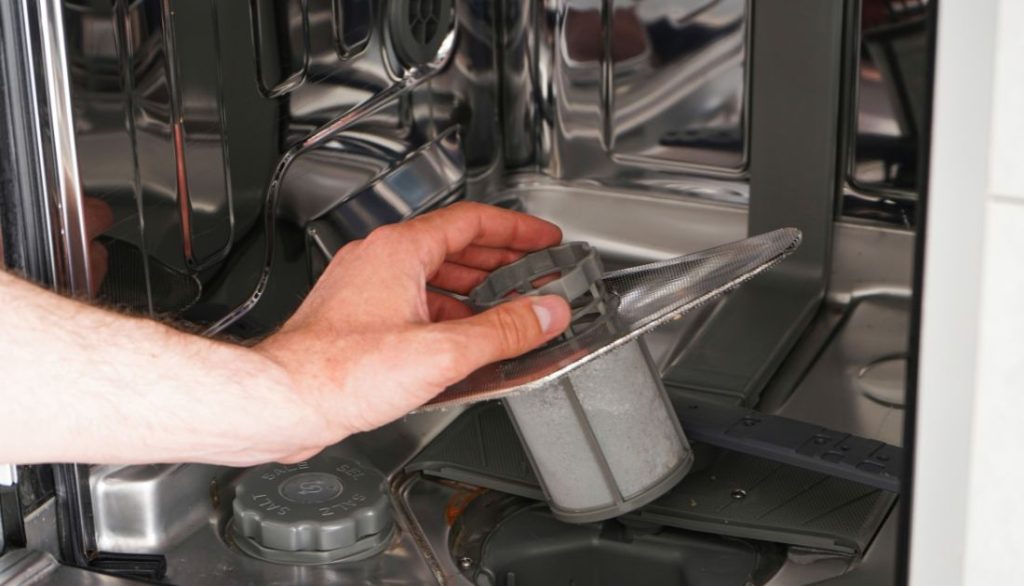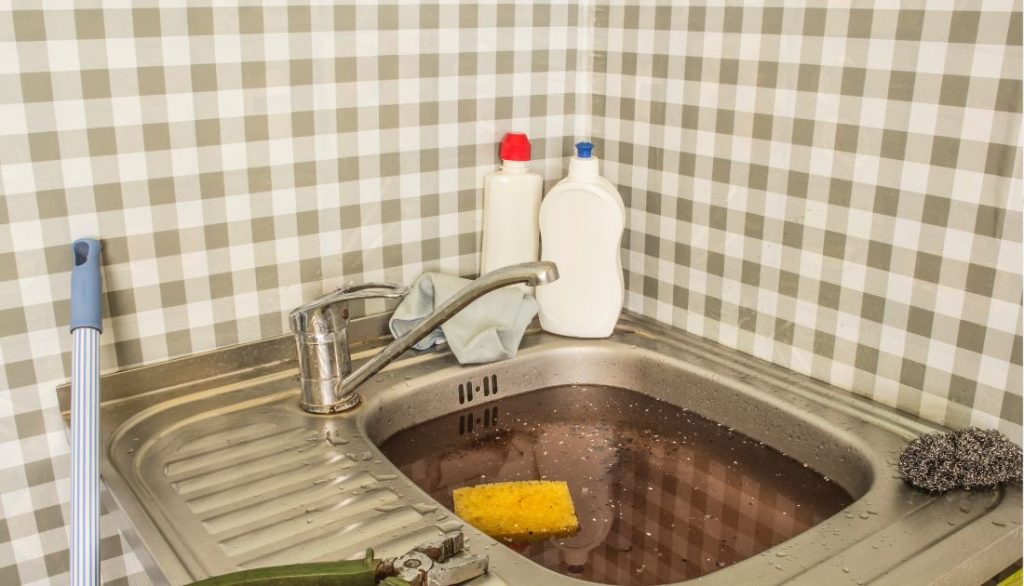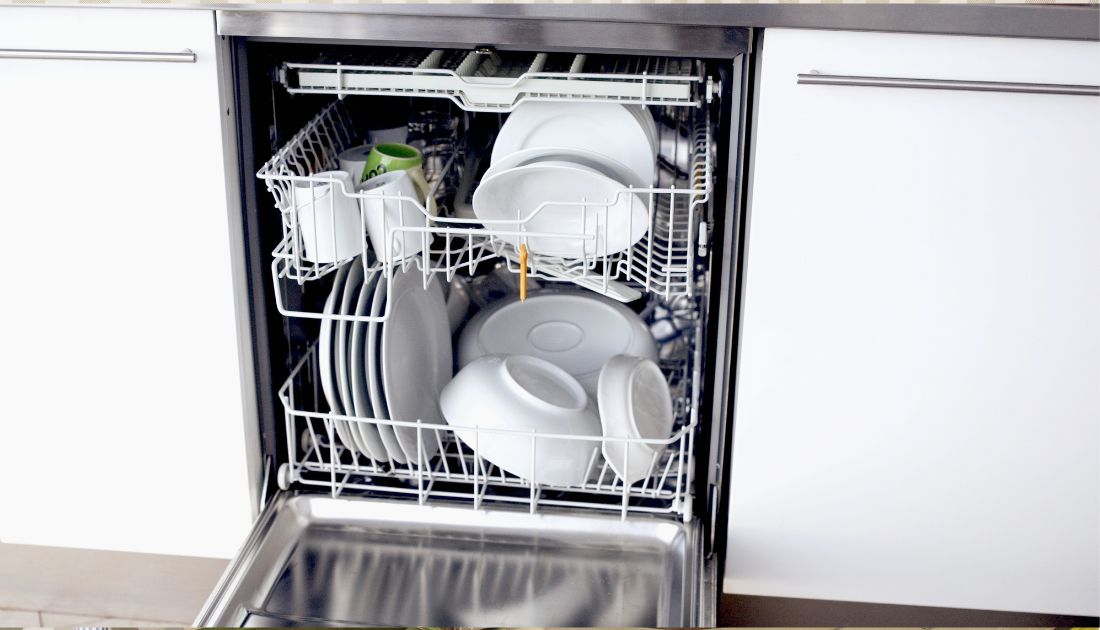Table of Contents
Many homeowners face a common issue with their dishwashers: they won’t drain properly. This frustrating problem can lead to standing water in the bottom of the appliance and prevent your dishes from getting clean. To address this issue, check for any clogs in the dishwasher’s filter or drain hose. Sometimes, food particles or debris can block these areas and prevent proper drainage.
If you’ve cleared out any clogs but your dishwasher still won’t drain, there may be an issue with the pump or motor. These components are essential for moving water out of the dishwasher during the draining cycle. It’s worth checking these parts for any signs of damage or malfunction, as replacing them could be necessary to restore proper drainage.
Checking the Drain Hose for Blockages
Inspect: Begin by inspecting the drain hose connected to your dishwasher. Look for any kinks, twists, or bends that could be causing a blockage in the water flow.
Remove Debris: Disconnect the drain hose and check for any debris inside. Use a flashlight to illuminate the hose and remove any obstructions, such as food particles or foreign objects.
Clean: If you find any blockages, use a pipe cleaner or wire to gently dislodge them. Alternatively, run hot water through the hose to flush out debris and ensure proper drainage.
Remember: A clear drain hose is essential for your dishwasher’s proper functioning. Regular maintenance can prevent standing water issues in your appliance.
Clearing Debris from the Filter
Inspect the filter for any obstructions by clearing away visible debris or food particles. Utilize a gentle brush or cloth to ensure a thorough cleaning.
Proceed to rinse the filter with warm water to dislodge any persistent particles post-debris removal.
Examine the drain hose and pump area for potential blockages contributing to the stagnant water problem.
Remember, keeping your dishwasher’s filter clean and debris-free is essential for proper drainage and optimal performance. Regular maintenance can prevent future clogs and ensure your dishes come out sparkling clean every time.
Examining Drain Pump for Malfunctions
Check for Blockages: First, inspect drain pump for debris or clogs that may be causing it to malfunction. Then, remove any obstructions carefully.
Test the Pump Motor: Use a multimeter to check if a drain pump motor is receiving power. If not, there may be an electrical supply or wiring issue.
Inspect for Damage: Look closely at a drain pump for signals of damage, such as cracks or leaks. Any physical damage can impede its ability to remove water from your dishwasher effectively.

Ensuring Proper Installation of the Dishwasher
- Leveling the dishwasher: Use a spirit level to ensure your dishwasher is level. A dishwasher that is not properly leveled can cause drainage issues.
- Check for kinks in the drain hose: Inspect the drain hose for any kinks or bends that may restrict water flow. Straightening out the hose can help improve drainage.
- Ensuring proper connection to the garbage disposal: If your dishwasher drains into a garbage disposal, ensure the knockout plug has been removed, and there are no clogs in the connection.
- Verifying adequate air gap: Check if there is an appropriate air gap between the dishwasher discharge hose and sink drain to prevent backflow of water during draining.
Adhere to these installation guidelines to maximize your dishwasher’s efficiency and prevent water pooling issues.
Proper installation saves you time and hassle in addressing standing water problems and enhances the appliance’s functionality. If you’re uncertain about installing or maintaining your dishwasher, seek guidance from a qualified technician to avoid any complications.
Testing the Drain Solenoid
Locate the drain solenoid in your dishwasher. It is typically found near the pump and motor assembly.
Use a multimeter to test the continuity of the solenoid. A reading of infinity indicates a faulty solenoid that needs to be replaced.
If the solenoid tests fine, check for obstructions in the drain hose or air gap that are causing drainage issues.
Ensure all connections to the solenoid are secure and free of corrosion.
If you find that the drain solenoid is faulty, contact a professional technician for replacement. Proper functioning of this component is crucial for effective drainage in your dishwasher.
Do not attempt to repair or replace parts unless you have experience with appliance servicing. Improper handling can cause further damage to your machine.
Inspecting the Air Gap for Clogs
Check the air gap:
Start by locating the air gap on the countertop next to your kitchen sink. It usually looks like a metal or plastic cylinder with a cap on top. Remove the cap and visually inspect it for any clogs or blockages.
Clear any obstructions:
If you notice debris blocking the air gap, use a small brush or toothpick to dislodge and remove it. Ensure that water can flow freely through the opening without any hindrances.
Test your dishwasher:
After clearing the air gap, run your dishwasher again to see if this resolves the draining issue. If standing water persists, further troubleshooting may be necessary to identify and address any underlying problems with your appliance’s drainage system.

Verifying the Operation of the Drain Impeller
Locate the Drain Impeller: The drain impeller is a small, round device at the bottom of your dishwasher. It helps to expel water from the appliance during the drain cycle.
Check for Blockages: Before testing the drain impeller, ensure no obstructions, such as food debris or foreign objects blocking its movement.
Test Rotation: To verify if the drain impeller is functioning properly, manually spin it with your finger. It should turn freely without any resistance. If it feels stuck or doesn’t rotate smoothly, this could be causing drainage issues in your dishwasher.
Troubleshooting Electronic Control Board Issues
Check Power Supply: Check that the dishwasher receives power by checking the electrical outlet and circuit breaker. If there are any issues with the power supply, this can impact the functioning of the electronic control board.
Inspect for Damage: Look for any visible signs of damage on the electronic control board, such as burn marks or loose connections. Any physical damage should be addressed promptly to prevent further problems with draining.
Reset Control Board: Try resetting the electronic control board by turning off the dishwasher at the circuit breaker for a few minutes before turning it back on. This simple reset may resolve minor issues causing standing water in your appliance.
By following these troubleshooting steps related to electronic control board issues, you may be able to identify and resolve problems causing your dishwasher not to drain properly.
